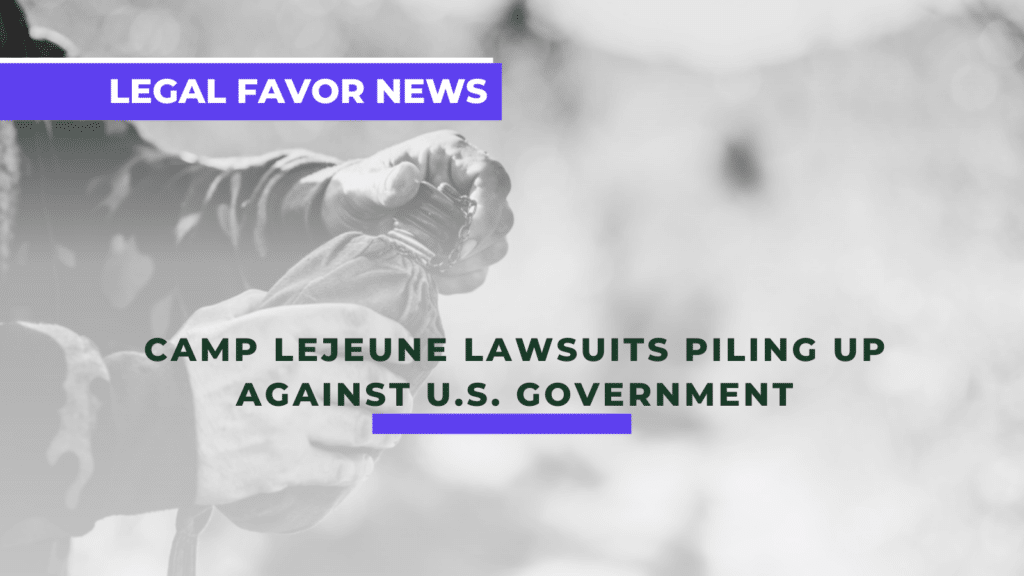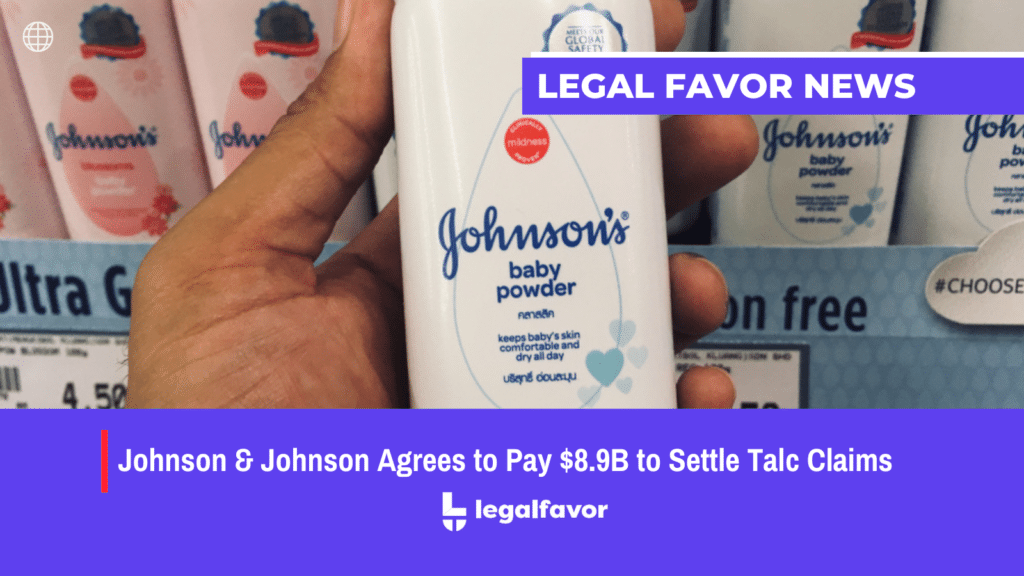A mark is known as a word, phrase, symbol, design, or a combination of any of the previous items, that identify the source of goods/services which are for sale. Marks have a unique and important role in the marketplace. Specifically, they help consumers decide what product/service to buy by giving the consumer a fast and effective method of identifying the good / service. In this sense, marks help establish brands, which are the cornerstones of business in the United States. There are four categories of marks; (1) trademarks, (2) service marks, (3) collective marks, and (4) certification marks. Each of these types will be looked at in more detail below.
Table of Contents
Trademarks
The primary law associated with trademarks is the Lanham Act, which essentially defines a trademark as a mark used in commerce with a bona fide intent that the registrant will in fact use it in the course of business.
The two requirements that must be met for a trademark to be protected under the Lanham Act are the following:
- (1) the mark is used in commerce;
- (2) the mark is distinctive.
In regards to the former, when a mark is not used in commerce at the time of registration, the registration will still be allowed if it is established in writing that there is a good faith intent to eventually use such work. In regards to the latter, the trademark can fall into one of the following categories (which will indicate the strength of the mark): arbitrary, fanciful, suggestive, descriptive, and generic. Depending on where the creator’s trademark falls, a different degree of protection will be received by the registration.
It is important to note that certain trademarks may be denied registration under U.S. Code 1052. The first category involves trademarks that are immoral, deceptive, scandalous, and/or disparaging. Another category includes trademarks showing the flag, coat of arms, or another insignia of a country/state/municipality. Yet another category includes trademarks that involve names, portraits, or signatures. Note that this list above is not exhaustive. Therefore, if one is deciding to get a trademark, it is prudent to speak to a competent lawyer to get the best advice about such things.
Service Marks
These marks have the same purpose as trademarks, except they are used to identify the source of services (not goods). Just like trademarks, service marks are protected under the Lanham Act. Services that qualify for service marks are usually activities offered by someone for the benefit of a third party, that are qualitatively different from what is done in connection with the sale of goods / other services. It is important to note that if an activity is ancillary to the applicant’s core business, it is not considered a service, and will therefore not qualify for a service mark.
Like a trademark, a service mark can be registered with the United States Patent and Trademark Office. Specifically, upon application for a service mark, an examiner will review the application, and may refuse the application for things such as the following. The mark is likely to cause confusion with a prior mark. The mark is descriptive and has not gained secondary meaning. The mark is a surname. The mark is immoral/scandalous.
Collective Marks
There are two types of collective marks; (1) those used by members of a collective OR (2) those registered by a cooperative, association, or collective with a bona fide intent to use the mark in commerce (at some point). A very common example of a collective mark is the AAA symbol. The mark only serves to show membership in a collective group, and the collective itself does not use the mark to identify its’ products/services.
Another example of a collective mar, specifically one used for commerce, is the FTD symbol. This mark is used by florists who are members of the Florists Transworld Delivery Association. In regards to registration, the requirements are quite similar to those required for other marks. Specifically, the collective can register the collective mark with the United States Patent and Trademark Office.
The examiner will use a similar standard to those for trade and service marks when approving the work. When applying for a collective mark, the applicant is required to assert that it is exercising control over the use of the mark. This application will also usually specify the class of people who are allowed to use the mark and will also describe those person’s relationship with the applicant.
Certification Marks
These marks are used to certify certain aspects of the product that customers are concerned about. This obviously varies depending on the product and the market. Overall, these marks certify things such as; the geographic origin of the product/service, the material used in manufacturing the product, the quality or accuracy of certain claims about the product, or that labor was performed to certain humanitarian standards. Specifically, under s.45 of the Trademark Act, a certification mark is any word, name, symbol, device, or combination of these.
There are four requirements for an applicant to show if they want to register a certification mark, as per the Lanham Act. First, the owner must set the relevant standards for things such as quality and safety. Second, the owner cannot produce or market goods to which a certification mark is already attached. Third, the mark must be used exclusively for certification purposes, and not for any other purpose. Fourth, the owner is not allowed to discriminate, meaning they must apply the standard consistently.
Final Words: The Different Types Of Trademarks & Service Marks
Overall, there are four main types of marks in the United States that have considerable protection under Trademark Law (the Lanham Act). These include:
- (1) trademarks,
- (2) service marks,
- (3) collective marks,
- (4) certification marks.
Trademarks and Service marks are by far the most common ones used in the United States marketplace, however, the other types of marks are gaining prominence in certain industries. For example, a certification mark is crucial to the food/meat industry. In conclusion, when registering for a mark, the owner should know which type of mark they need and in turn what requirements they need to fulfill in order to receive the official mark.





